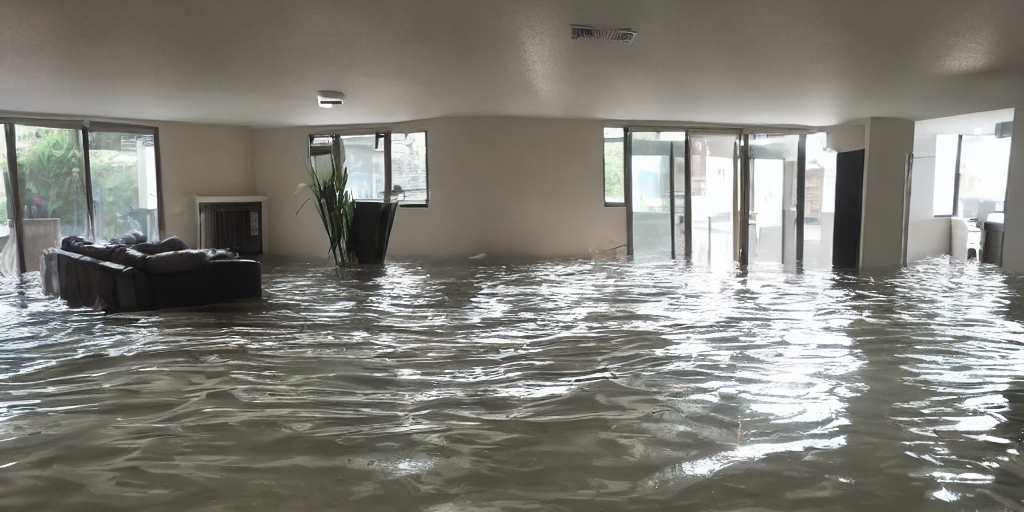Water damage can strike unexpectedly, wreaking havoc on homes and properties. Whether it’s due to a burst pipe, a leaking roof, or a natural disaster, the aftermath of water damage can be overwhelming. In such situations, prompt water damage restoration and repair is crucial to minimize the damage and restore your property to its pre-loss condition.
What is Water Damage Restoration and Repair?
Water damage restoration and repair involve a series of processes aimed at mitigating the damage caused by water intrusion and restoring affected areas to their original state. This comprehensive approach typically includes assessment, water extraction, drying, cleaning, sanitizing, and restoration.
The Difference Between Water Mitigation and Water Damage Restoration
It’s essential to understand the distinction between water mitigation and water damage restoration and repair. While water mitigation focuses on minimizing the initial damage by stopping the source of water and preventing further intrusion, water damage restoration and repair involve the complete restoration of the affected areas, including repairing structural damage and addressing any secondary issues like mold growth.
Also Read: The Complete Guide to Water Leak Remediation: Steps, Costs, and Restoration
The Importance of Prompt Action
One of the biggest concerns with water damage is the rapid onset of secondary damage, such as mold growth and structural deterioration. Therefore, prompt action is critical to prevent further complications and minimize repair costs. By addressing water damage promptly and employing professional restoration services, homeowners can mitigate the risk of long-term damage and ensure a swift recovery process.
Can Water Damage Be Fixed In-House?
While minor water damage incidents may be manageable with DIY efforts, significant water damage typically requires professional intervention. Trained water damage restoration and repair experts possess the knowledge, equipment, and experience necessary to assess the extent of the damage accurately and implement effective restoration techniques. Attempting to handle complex water damage issues without professional assistance can lead to incomplete restoration, further damage, and potential health hazards.
Understanding Restoration and Remediation
Before diving into the intricacies of water damage restoration and repair, it’s essential to clarify the difference between restoration and remediation. While these terms are often used interchangeably, they refer to distinct phases of the water damage recovery process.
Restoration primarily focuses on returning the affected property to its pre-loss condition. This involves repairing damaged structures, replacing materials, and restoring the aesthetic appeal of the property. On the other hand, remediation specifically targets the removal and mitigation of hazards associated with water damage, such as mold growth and contamination. Both restoration and remediation are integral components of the comprehensive water damage restoration and repair process, working together to ensure a thorough and effective recovery.
The Biggest Concerns with Water Damage
When it comes to water damage, several critical concerns arise, highlighting the urgency of prompt action and thorough restoration efforts. Mold growth is one of the primary concerns, as excess moisture creates an ideal environment for mold spores to proliferate. Mold not only compromises indoor air quality but can also pose significant health risks, particularly for individuals with respiratory conditions or compromised immune systems.
Structural damage is another major concern associated with water damage. Prolonged exposure to water can weaken building materials, leading to structural instability and compromising the integrity of the property. Additionally, water damage can impact electrical systems, posing fire hazards and increasing the risk of electrocution. Addressing these concerns promptly through professional water damage restoration and repair services is essential to safeguarding the health and safety of occupants and preserving the structural integrity of the property.
The Process of Water Damage Restoration and Repair

The process of water damage restoration and repair typically follows a systematic approach to ensure thorough mitigation and recovery. Here’s an overview of the key steps involved:
- Assessment and Inspection: The restoration team conducts a comprehensive assessment of the damage, identifying the extent of water intrusion, assessing structural integrity, and determining the best course of action.
- Water Extraction: Using specialized equipment such as pumps and extractors, excess water is removed from the affected areas to prevent further damage and facilitate the drying process.
- Drying and Dehumidification: High-powered drying equipment is employed to thoroughly dry the affected surfaces and materials, effectively eliminating moisture and preventing mold growth.
- Cleaning and Sanitizing: Affected surfaces and contents are cleaned, sanitized, and treated to remove contaminants, odors, and microbial growth, restoring them to a safe and hygienic condition.
- Restoration and Repairs: Once the affected areas are thoroughly dried and cleaned, restoration efforts begin, which may include repairing damaged structures, replacing materials, and restoring the property to its pre-loss condition.
Also Read: Water Damage Near Me: Understanding the Costs and Solutions
Cost Considerations and Finding the Best Restoration Services
The cost of water damage restoration and repair can vary depending on various factors, including the extent of the damage, the size of the affected area, and the necessary repairs and replacements. It’s essential to obtain estimates from reputable restoration companies and discuss payment options and insurance coverage to ensure transparency and affordability.
When searching for the best water damage restoration and repair services near you, consider factors such as experience, expertise, certifications, and customer reviews. Look for companies that are certified by reputable organizations such as the Institute of Inspection, Cleaning and Restoration Certification (IICRC) and have a proven track record of delivering high-quality restoration services.










